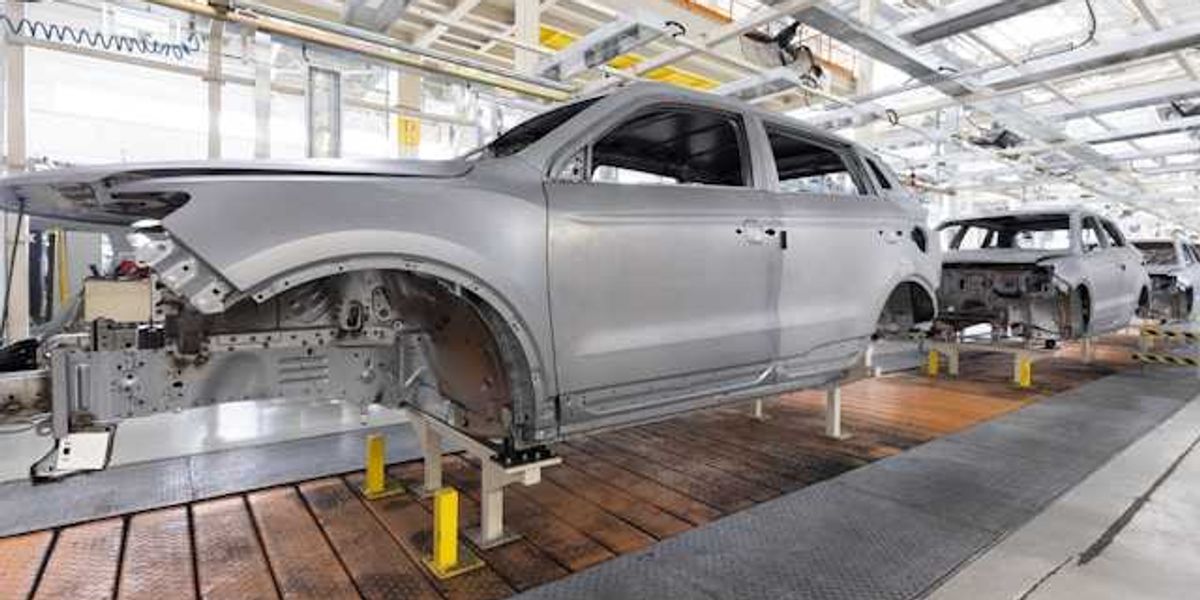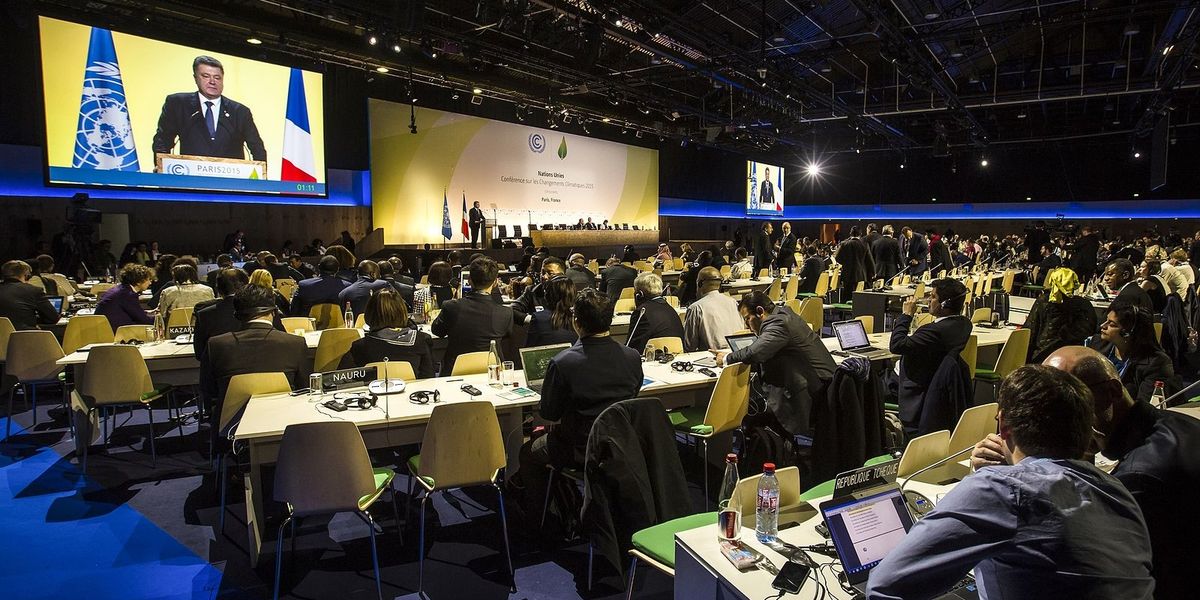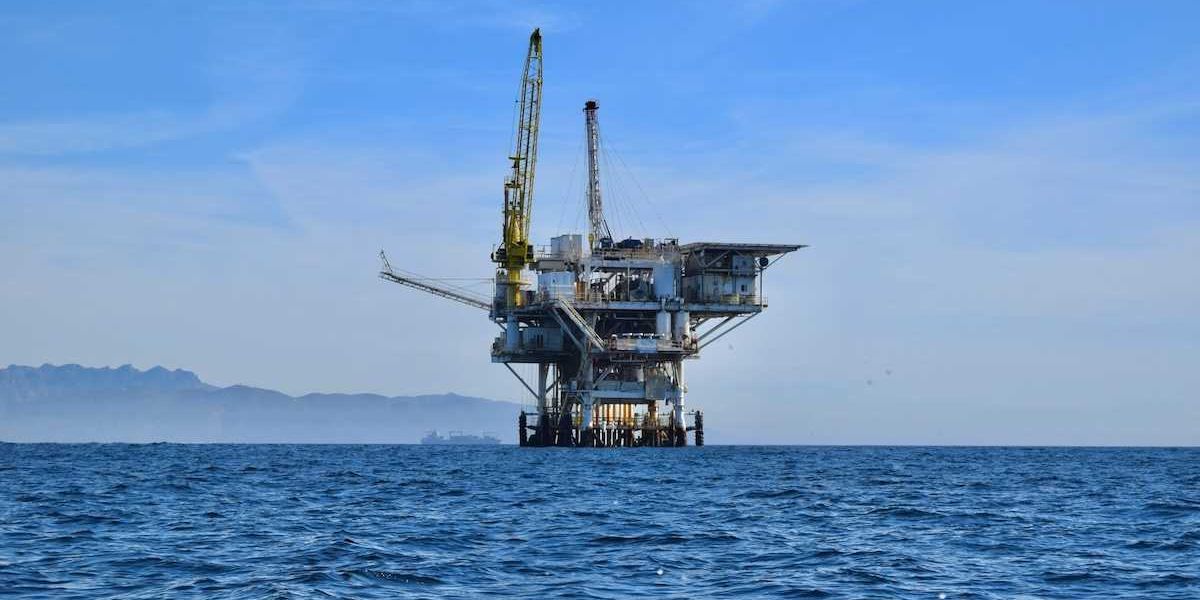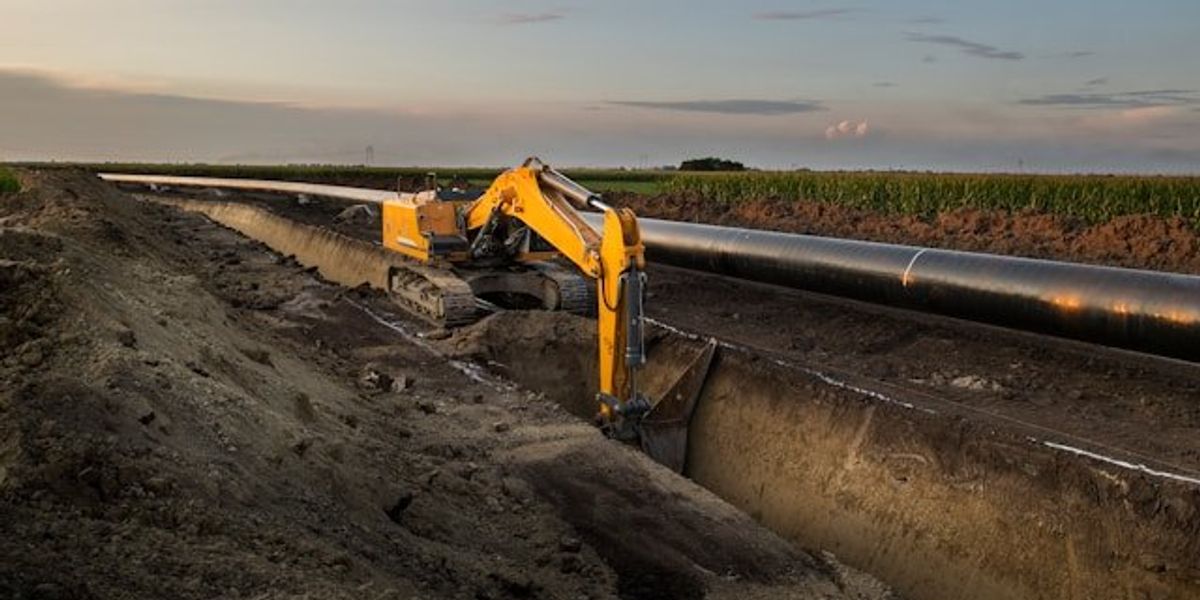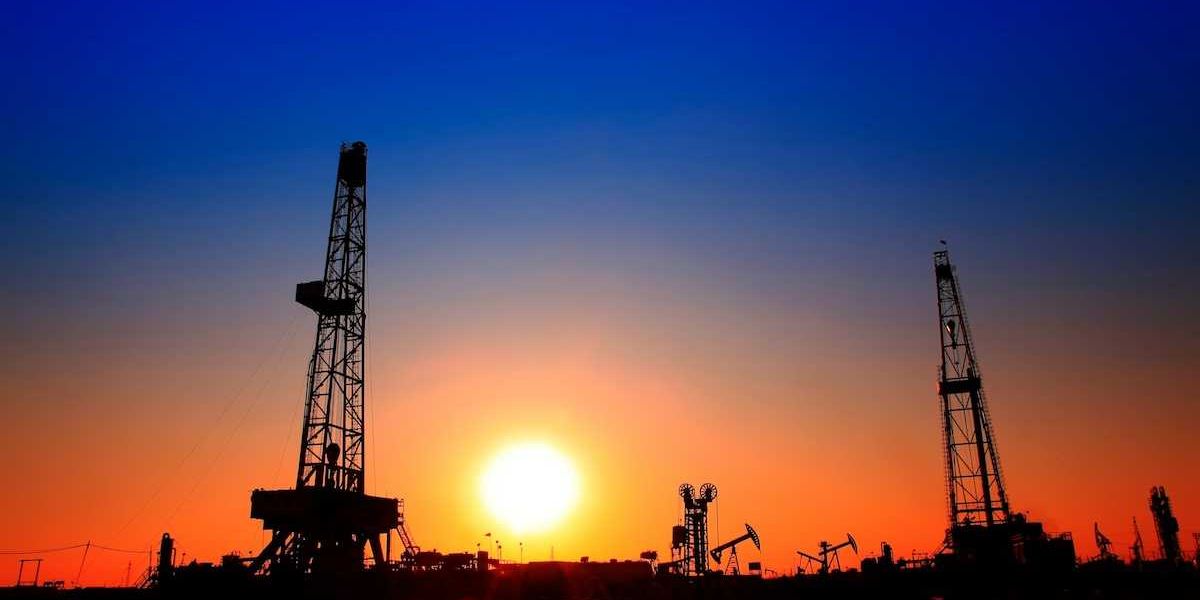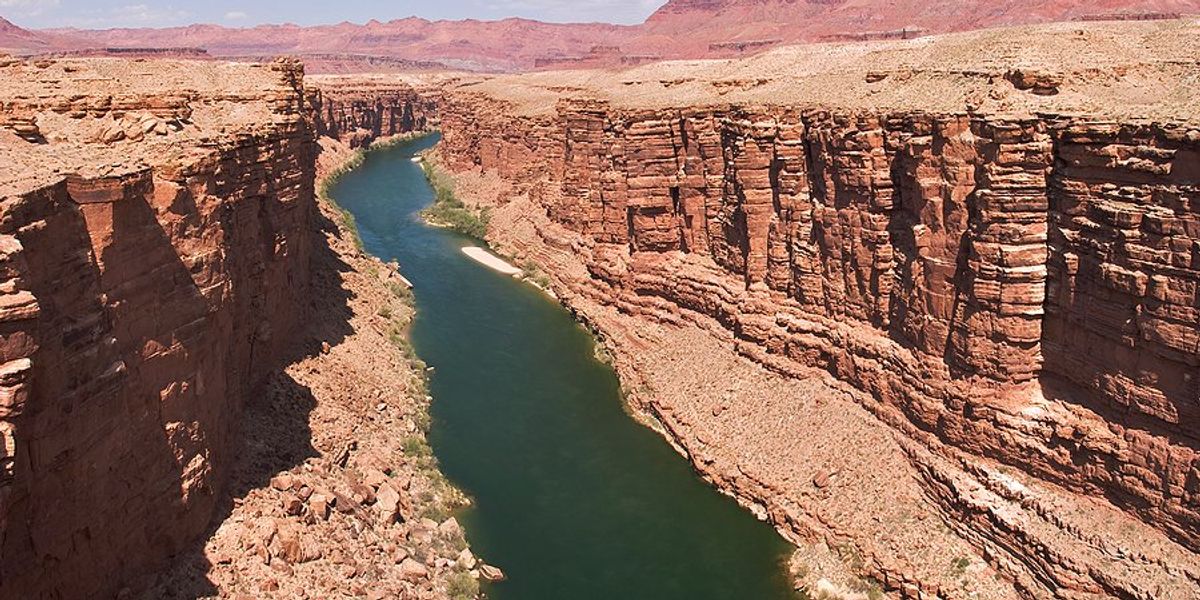China ramps up solar and wind power as clean energy output shatters global records
China installed enough solar and wind power between January and May to match the total electricity use of countries like Indonesia or Turkey, even as its clean energy industry faces deep financial strain.
Amy Hawkins reports for The Guardian.
In short:
- China installed 198 gigawatts of solar and 46 gigawatts of wind in the first five months of 2025, setting a new global benchmark in clean energy expansion.
- In May alone, China added 93 gigawatts of solar and 26 gigawatts of wind — enough to match Poland’s total electricity consumption, according to analysts.
- Despite the rapid growth, major Chinese solar companies are reporting steep losses, with industry leaders warning of a “death cycle” due to extreme price competition.
Key quote:
“We knew China’s rush to install solar and wind was going to be wild but WOW.”
— Lauri Myllyvirta, senior fellow at the Asia Society Policy Institute
Why this matters:
China’s breakneck pace in expanding its clean energy infrastructure marks a pivotal shift in global energy dynamics, especially as the country remains the world’s largest emitter of greenhouse gases. While its investments in solar and wind reflect major progress in reducing reliance on coal, the rapid expansion is coming at a financial cost. Fierce market competition has pushed prices down so far that manufacturers are struggling to survive, risking the long-term health of the sector. As clean energy becomes a cornerstone of China’s industrial strategy, the balance between economic growth and environmental sustainability will be tested. Globally, China’s choices shape the future of renewable energy supply chains, battery production, and climate outcomes.
Learn more: China pivots toward renewable energy in global investments

